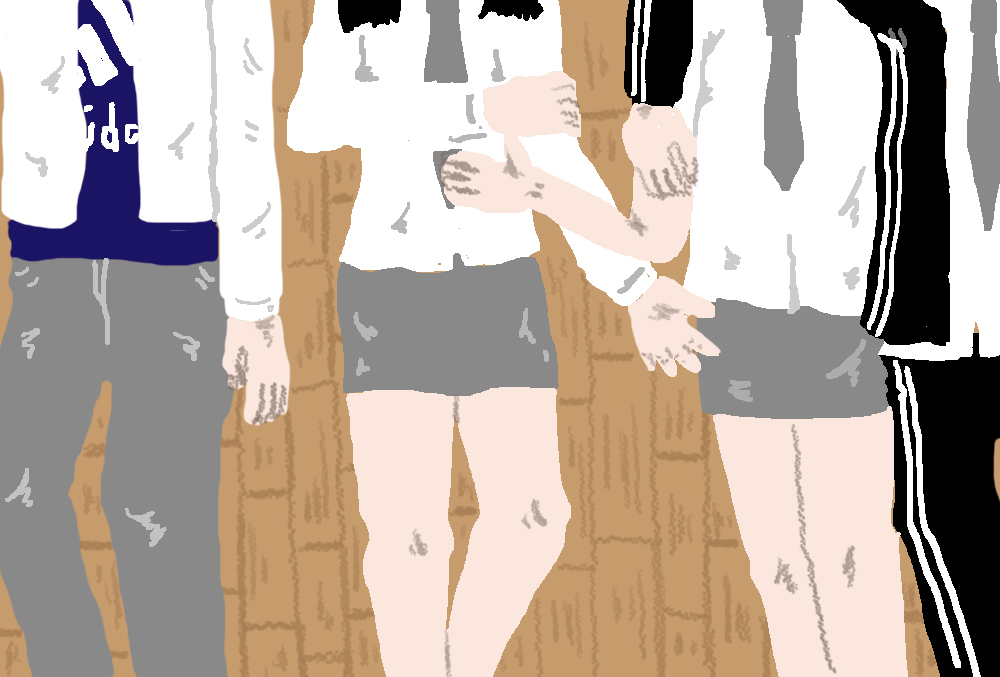A Brief History: Korean School Uniforms
It's very easy to distinguish teenagers in Korea, since they are always spotted wearing their school uniform. In this article, we delve into the history of school uniforms in Korea – from the hanbok to modern reworkings, where students, despite persisting regulations, try to express their individualism.
Words Anna Choi, Illustrations Subin Hwang
Similar to many other countries, Korea requires most secondary school students to wear a uniform, otherwise known as a 교복 gyobok. However, the history behind school uniforms we see today, is something lesser known.
In the 19th century, Korean school uniforms were more traditional, resembling the Korean 한복 hanbok. After the Japan-Korea Treaty of 1910, school uniforms became closer to the westernized version we see today. Girl's skirt length was shortened, boy's pants resembled those of workwear factory uniforms, and for both genders, uniform colors were limited to black, white, and brown. Following Korean independence, the new western styled uniforms were still encouraged, but for a short time between 1983 - 1985, school uniforms were abolished in order to inspire individualism after such tough, oppressive times.
Although school uniforms are still largely advocated in Korea, there are still many ways that schools and students show individualism. For example, public and private schools have different uniforms. Private schools often have more lavish details on their uniforms, such as the yellow and black uniform of the Seoul School of Performing Arts. Not only is the color combination more unusual, but also their uniform features a double-breasted blazer with a distinctive contrast trim.
Additionally, students exercise individualism by modifying their uniforms based on current trends. In the 1980s, students would express their style with their shoes such as the classic Nike sneakers. Later in the 1990s, students began experimenting more with accessories by carrying Eastpak backpacks and layering Calvin Klein logo sweaters underneath their button up shirts. More recently, The North Face padded jackets and casual sportswear have caught on. Girls these days tend to shorten their skirts and may even wear boy’s uniform shirts to achieve a trendy silhouette. Hair dye as a general rule is prohibited, and depending on the school, make up and piercings are also very limited. However, this is still a far cry from the limitations girls and boys faced in the 1970s - 1980s. Girls could only have their hair 5cm below their ears, and boys in general, could not wear their hair long whatsoever.
Unfortunately, uniform modifications and forms of self-expression are punished with different levels of severity depending on the school. This is why for the most part, further experimentation with fashion and beauty often take place in college. Interestingly enough, schools today are not legally compelled to utilize school uniforms, but almost all schools still enforce them. Whether schools are trying to respect tradition, eliminate worries on what to wear, or create school unity, a little rebellion here and there can be refreshing.



